Your cart is currently empty!
Hanfu Sailor Venus, the Nymph of Mount Wu 瑶姬

Like Mount Olympus of the ancient Greek, the ancient Chinese, too, had a spiritual mountain where powerful spiritual figures, gods and goddesses lived. It is called the Mount Wu (pronounced Woo).

Origin of the word wu 巫 looks like a woman performing a ritualistic dance with long sleeves on the two sides as a way of communicating to the goddess/spiritual world. Pretty much like the insect kingdom where Queen Bee ruled over the worker bees, women rulers in the ancient past ruled over the population with “witchcraft” (they were believed to have the special ability to communicate with goddesses and spirits above). Those with the power of communicating with the goddesses through dance were given the title of Wu (witch/sorceress/priestess). This term was reserved for women initially, as only women were seen as having the ability/power to do so.

Amongst many things that were said about Mount Wu, there was the nymph of Mount Wu—Yao Ji. First appeared in the Classics of Mountains and Seas (山海经), she was said to be extremely beautiful, talented in arts and skilled in fighting–basically goddess level of all-roundedness.
However, she passed away just after the coming of age and she was buried atop Mount Wu. Her body sank into the earth below and transformed into a fruit-bearing magical plant that resembled wild grass with yellow flowers. Whichever woman eats the berries of this plant was said to become extremely beautiful and irresistible. Her spirit remained and enveloped the mountain in the form of clouds and mist.
Thanks to Song Yu, a famous writer over 2,200 years ago (also known for his good looks), she was immortalised in his work and her name became synonymous with a beautiful desirable woman. Coincidentally, the symbol for Venus is also the symbol of representation for women today (as seen in Toilet signs for example).
The concept of a magical plant that makes one irresistible and beautiful was also referenced by the author of the Dream of the Red Chamber when he created the female protagonist Daiyu, who was said to be the reincarnation of a spiritual plant.
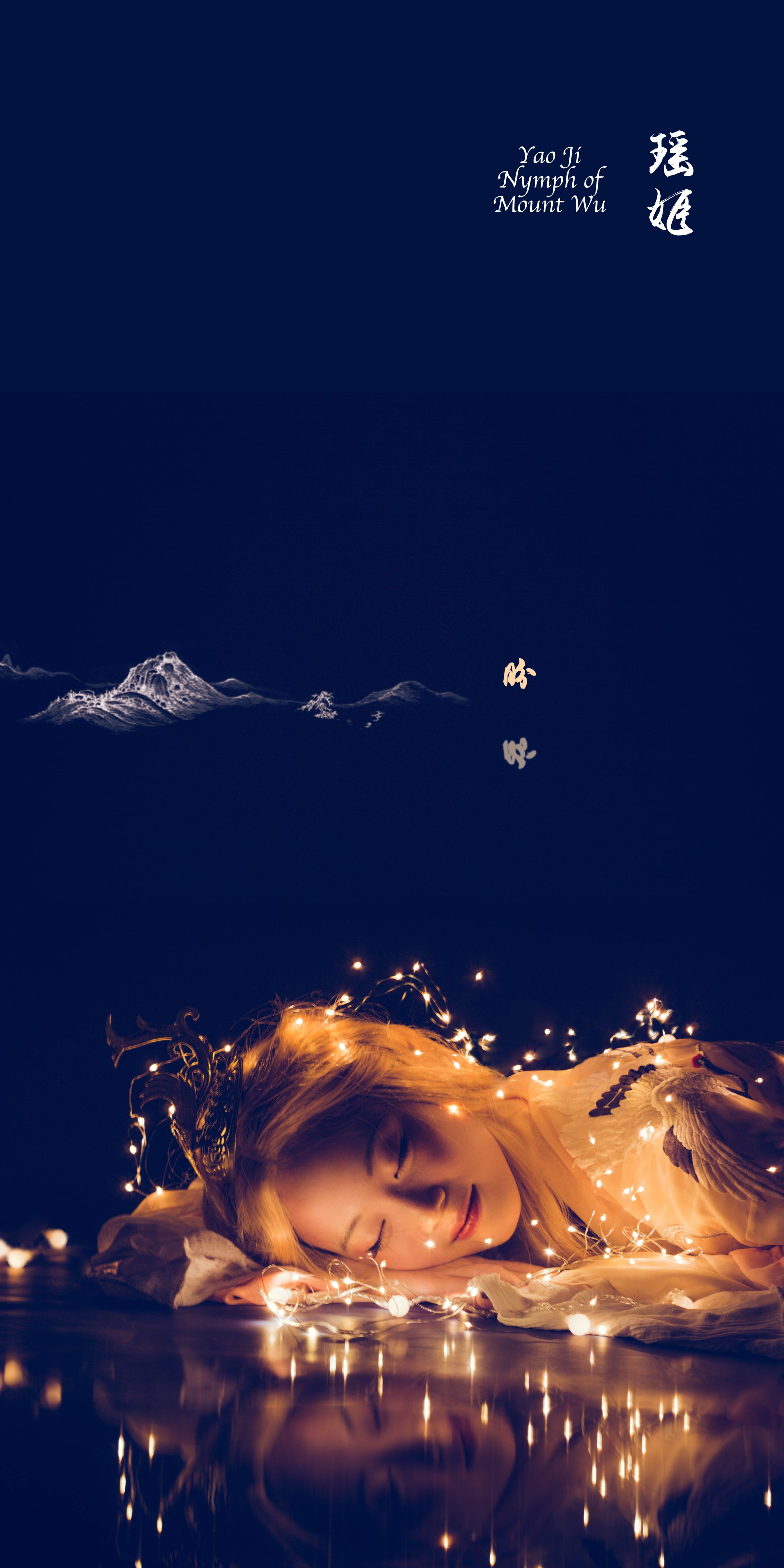
Mount Wu and its nymph, Yao Ji, were also closely associated with love and sexual encounters. For one, Mount Wu was known for being extremely cloudy and misty–a manifestation of the nymph’s spiritual presence. The ancients believed that a sexual union between their King and the Nymph would bring about rainfall as it was seen as the union of heaven and earth. Such harmonious union was believed to gift the land with great prosperity and fertility.
As the concept evolved, the term 巫山云雨 (the clouds and rain of Mount Wu) is also used to discreetly refer to sex between a man and a woman these days.
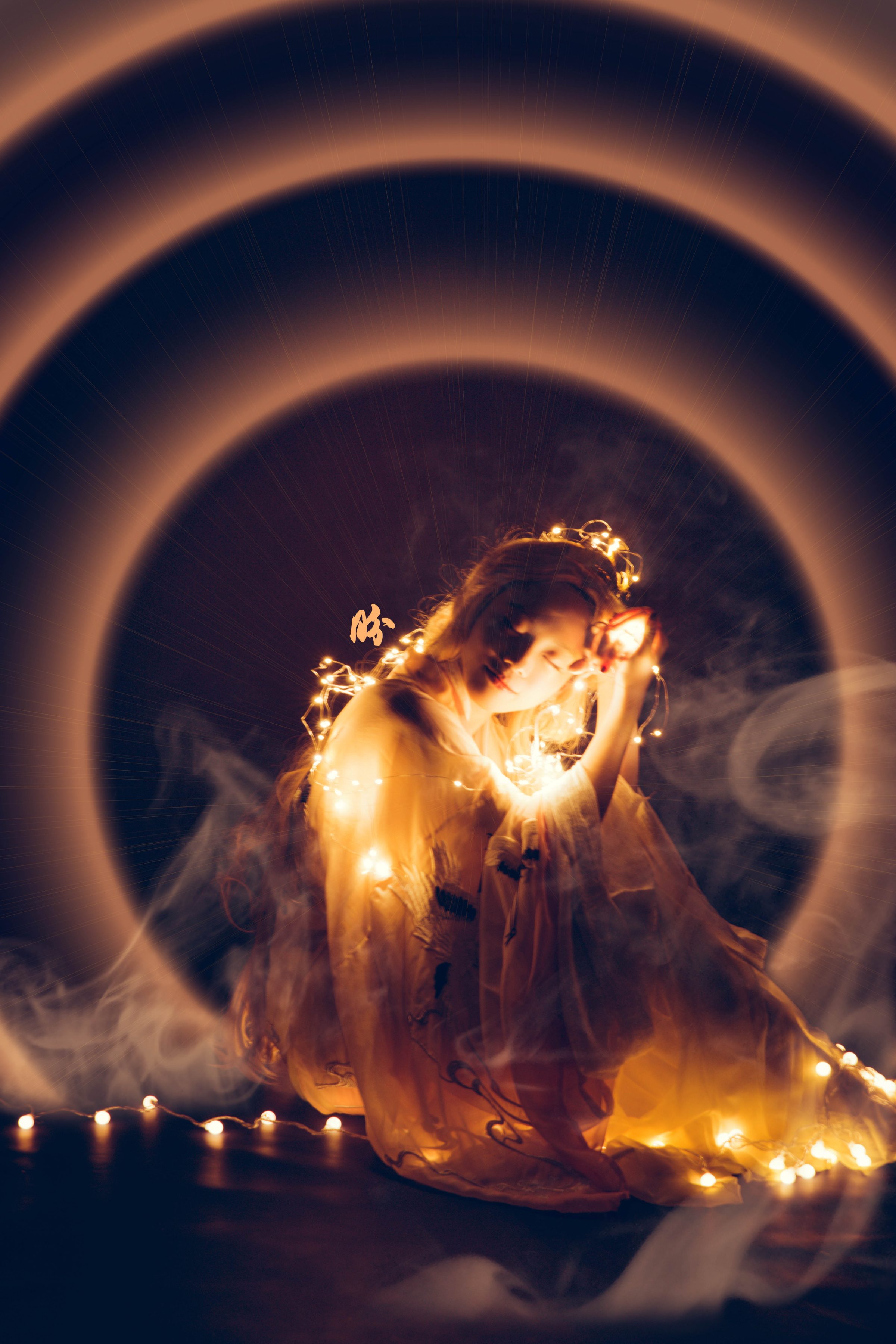
Obviously, Yao Ji was a product of objectification and sexual fantasy, and her story told from an angle of patriarchy. You see, she was made famous by Song Yu– the first known Chinese writer to put women in the centre of the imagination of his literary works. His description of Yao Ji was such a classic that it defined the ancient Chinese’s understanding and concept of great beauty and goddess. The particular piece of work on Yao Ji went on to influence many writers, amongst which, was one who famously wrote about a water goddess (we will come to in time as well!).
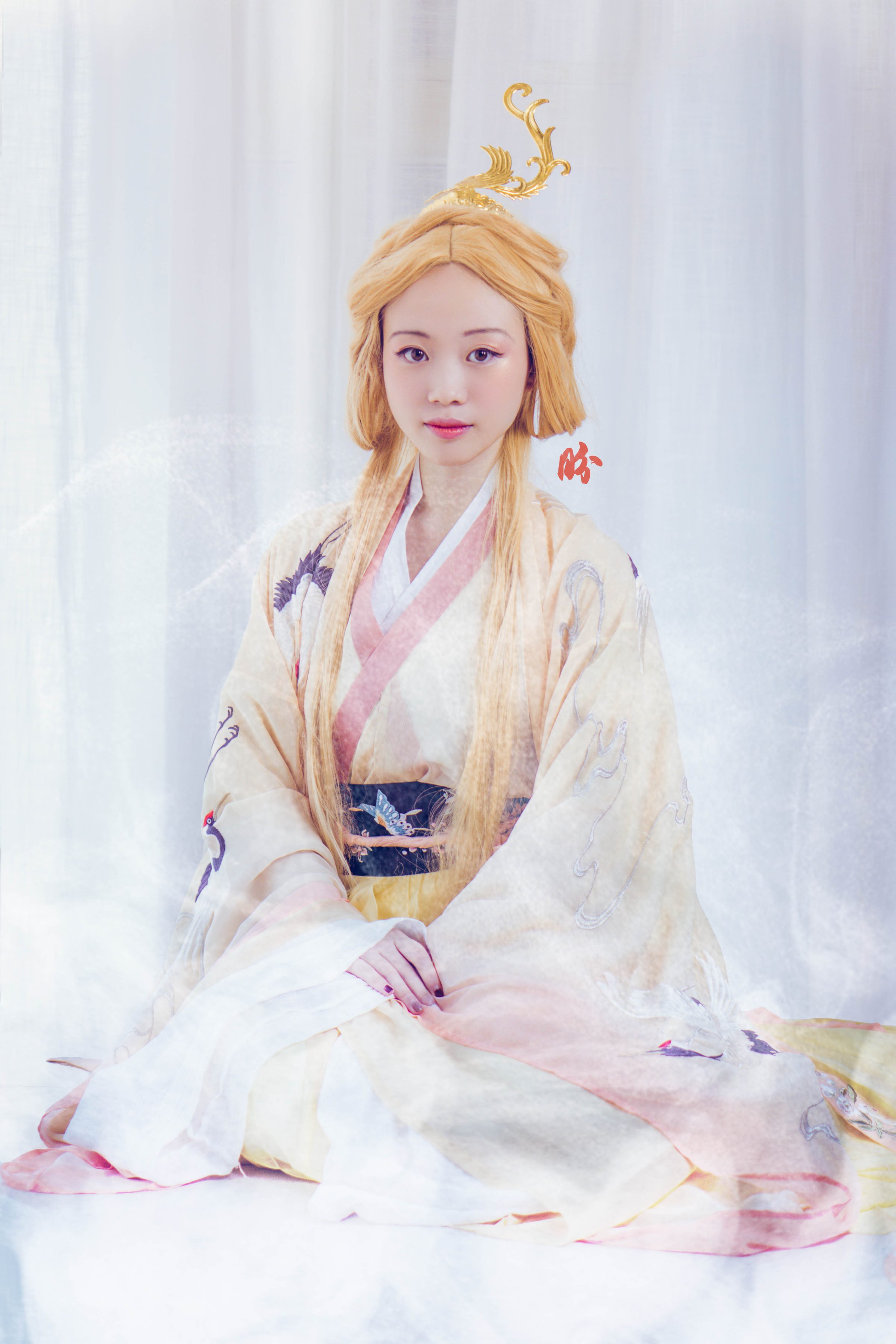
I added a bird crown on her head to bring in the Iranian/Mesopotamian influence in Chinese astrology which took place in the 7th century. In ancient Chinese astrology, planets were not given human characteristics, but that the Chinese related them to the five natural elements. And Venu was associated with the element of Metal. It was not until about the 7th century that Venus was described as a woman who had a fowl/bird on her head–an Iranian/Mesopotamian influence.
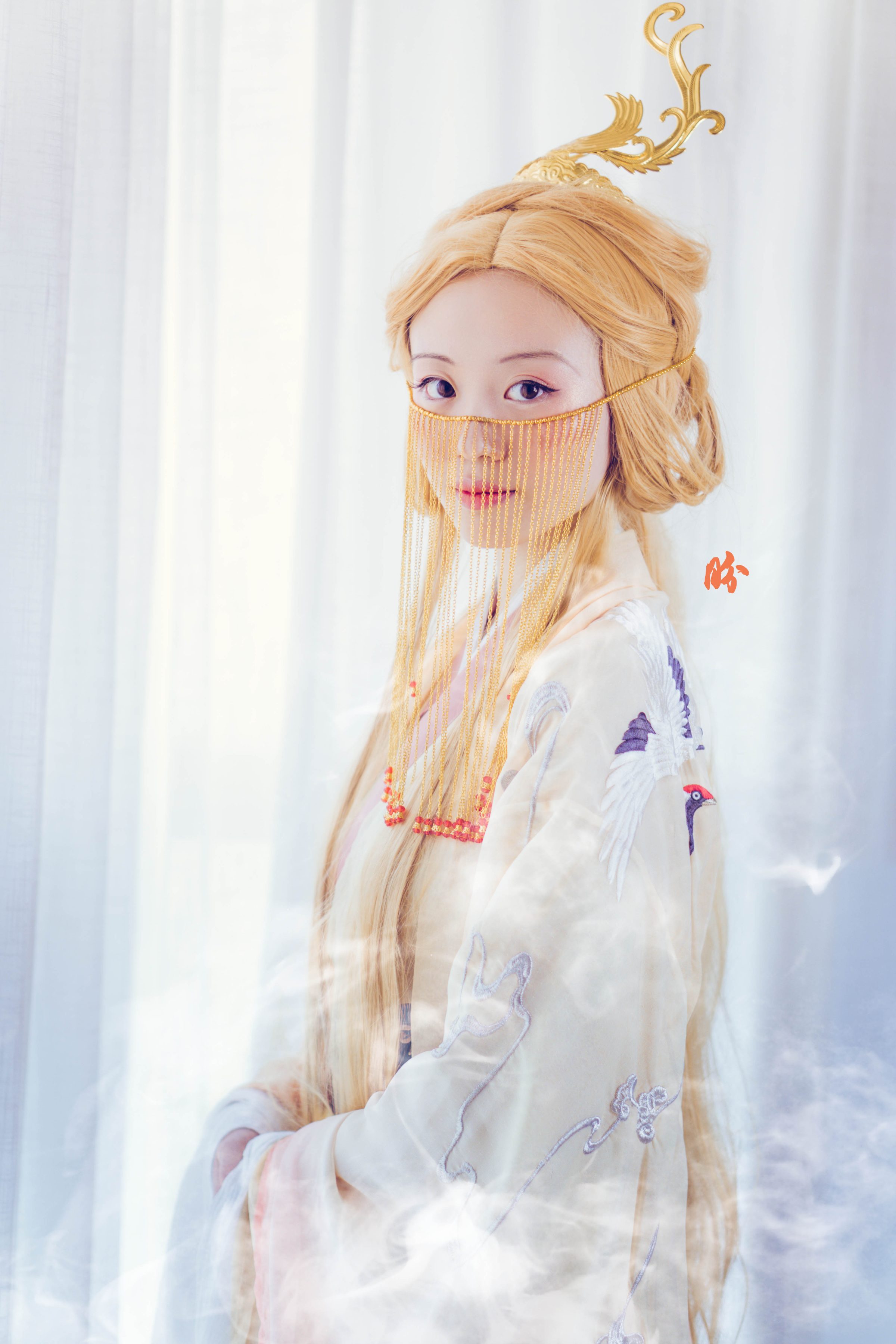
In original Chinese beliefs, there were only female goddesses who had powerful abilities and great sense of social responsibility. However, by the time Song Yu wrote about her, she had became the object of sexual fantasy, and in particular, a work that described a wet dream of the king who chanced upon the Nymph of Mount Wu. She invited him to sleep with her on her bed. The king understood her intent (clearly this meant consent in those days), and they spent a great time together. Before she left, she told him that if he wanted to find her again, he could always come and stay in Mount Wu, and he would be accompanied by morning clouds and evening rain. Thus the use of Clouds and Rain of Mount Wu to refer to the sexual intercourse between men and women.
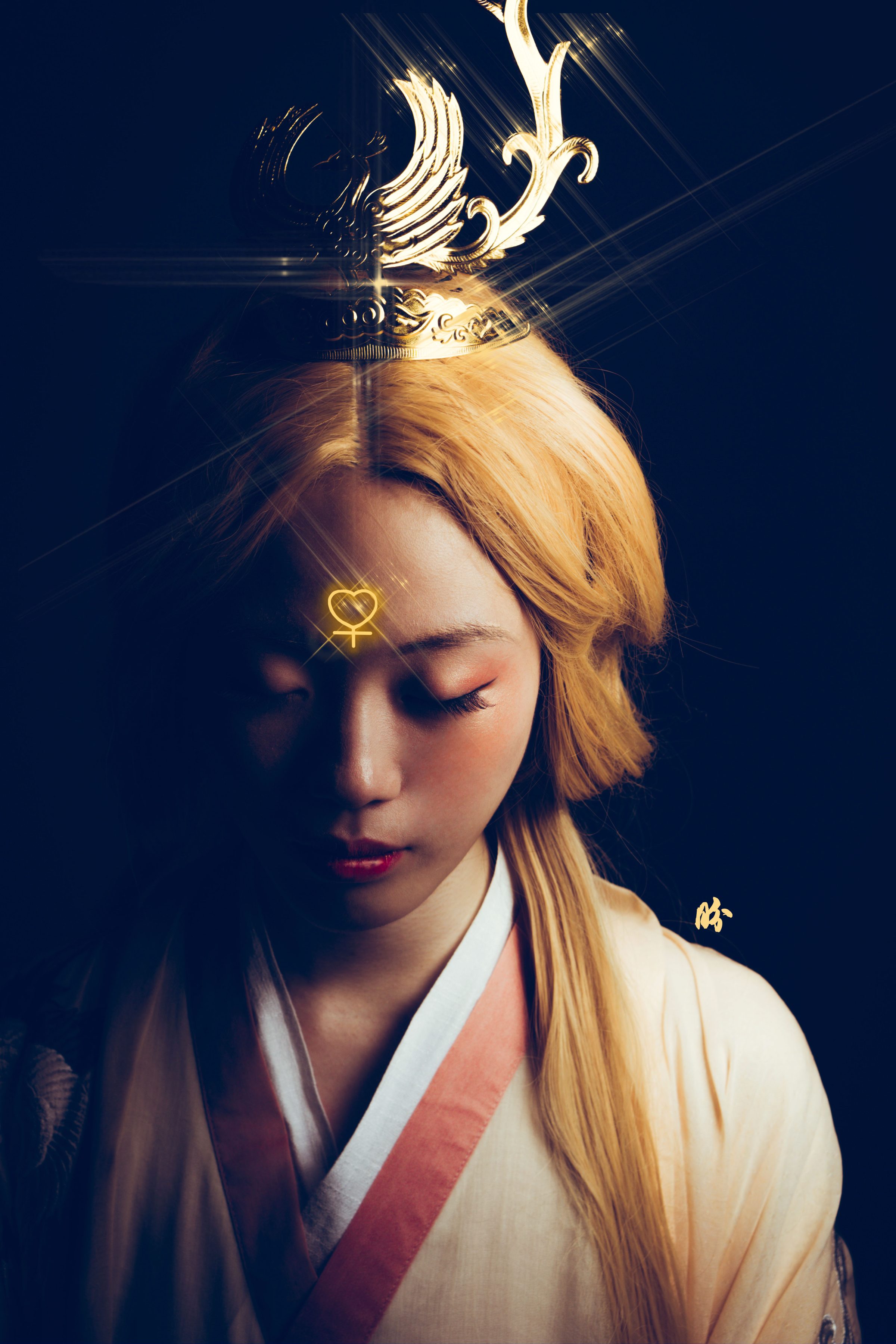
Remember what I said about how people believed that goddesses were powerful and were important guardians of the world? Well, the objectification and sexualisation of goddess Yao Ji was very prevalent amongst the literati who wrote and fantasised about her. Whereas the folks on the streets had another version. They believed that she was powerful and helped the Great Yu to control the great flood. As such, the concept of female goddesses being important guardians of the world continued well into the Tang dynasty (yet another 1,000 years after the first sexualised account of her).
If you don’t already know, Venus is also the goddess Aphrodite in Greek mythology. Say no more.
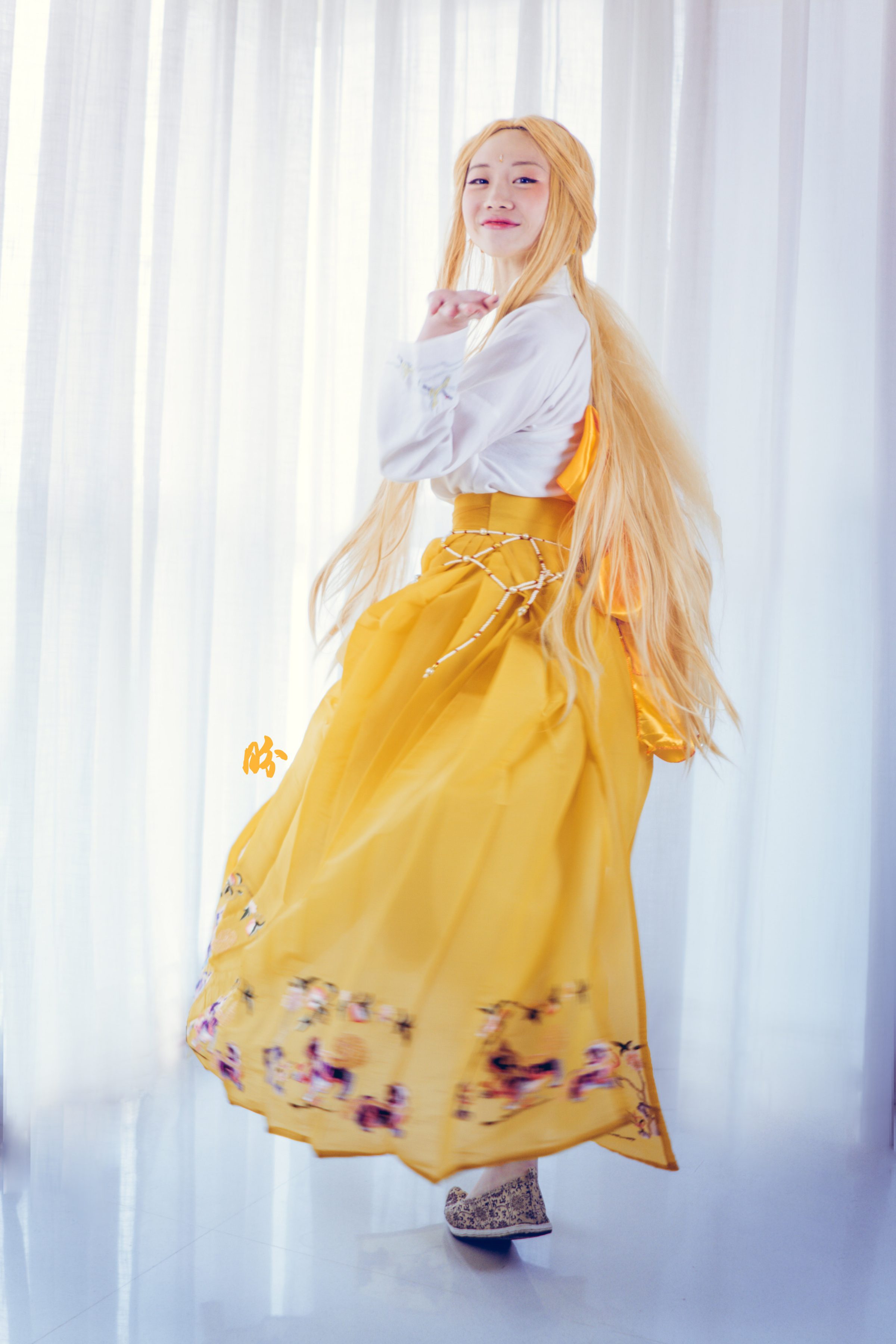
Fast forward a few thousand years, a similar character like Yao Ji could be spotted as Sailor Venus in the Sailormoon series. Sailor Venus was the first to awaken amongst all the Sailormoon warriors, and she was modelled after the western concept of Venus–goddess of beauty, love and of course, desire. She was known as the brightest star and thus was a celebrity in the Sailormoon series.
Venus is also known as 太白金星 in Chinese beliefs, which is often portrayed as an old man with white beard these days. However, if one looks at medieval Chinese paintings of about 7th Century (Tang dynasty), one would find that there were several portrayals of Venus being a goddess with fowl on her head–a clear influence from Iran/Mesopotamia.
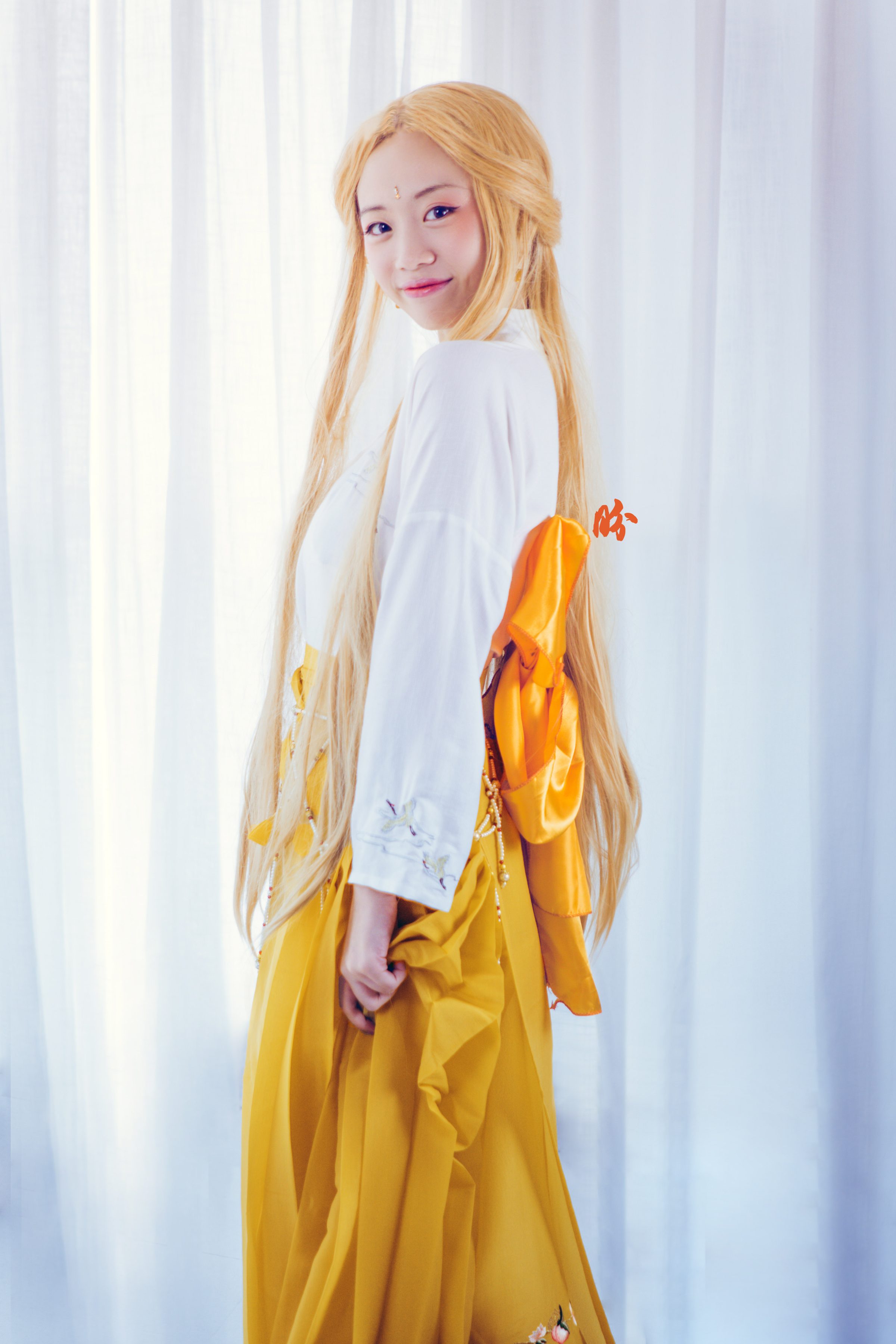
Like Yao Ji, she was a protector of the people and her early awakening also meant that she had guarded Earth far longer than the rest.
So Venus is the goddess of love, and there’s a famous poem about Mount Wu by a Tang dynasty poet, which was hailed as one of the most classic poems about love–the kind that lasts a lifetime.
“曾经沧海难为水,除却巫山不是云” by Yuan Zhen was dedicated to the love of his life meant something along the line that once you’ve seen the best, everything else pales in comparison. The literal translation is something like You wouldn’t call anything else water once you’ve been to the sea of Cang, and you wouldn’t call anything but those on Mount Wu clouds. There are 2 more lines to this poem which are not as relevant famous, so won’t elaborate here. So here we have Mount Wu again, been referenced in matters of the heart, epitomised by this poem.
If you’re interested in how Iranian/Mesopotamian astrology influenced Chinese in the 7th Century or so, do google Jeffrey Kotyk–I got most of my info reading his papers and watching his podcast!
Just in case you’re curious– Song Yu, the first writer who wrote about Yao Ji/woman. He was one of the 4 great male beauties of ancient China. And as a way of giving back to him for getting the ball rolling on the objectification of women, I am planning a shoot on the 4 male beauties of ancient China in 2019. So watch this space in the coming year!
Alright, another goddess, another day.
《山海经·中次七经》记载:“又东二百里,曰姑瑶之山。帝女死焉,其名曰女尸,化为瑶草,其叶胥成,其华黄,其实如菟丘,服之媚于人”。
宋玉在他的《神女赋》和《高唐赋》中把瑶姬写成了楚王的梦中情人,并定义了中国式女神的描写。但是这只是文人士大夫自high的描述。民间并不买账,依旧觉得女神的存在不是为了男人的春梦,而是继续流传着瑶姬如何协助大禹治水的伟大无私故事。
中国最早是母系社会,所以重要的神都是女性的化身。这也是为什么我这次用美少女战士对比中国女神。他们既是后来父系社会男人们遐想的对象也是上古的造物者。
Jiaye’s write-up:
【神女瑶姬VS水手金星】关键词:女神 、爱、美、腰间锁链
瑶姬,女神名。相传为天帝之小女,即巫山神女。关于她的传说不仅来自《山海经》中的其化为瑶草一说,更有关于她授以治水法宝助大禹治水,为百姓驱虎除豹,为人间耕云播雨等造福于民遂化为神女峰,永驻三峡的“大爱”之情怀。《神女赋》中记载楚襄王在梦中与美貌“上古既无,世所未见”的神女相遇,一见倾心。但最终“薄怒以自持兮,曾不可乎犯干”。可见神女不仅拥有为帝王所倾倒之颜,更有意态高远,以礼自持,凛然难犯的高洁之心。此为世间之“大美”无疑。
而另一个维度的水手金星,在美战原作漫画中人设源自罗马神话“爱与美”的女神维纳斯。维纳斯拥有一条魔法腰链,据说这正是她百媚丛生,世间无人能抗拒其魅力的来源。正是水手金星使用的武器之一。这与中国传说中,瑶姬“环佩鸣响”如出一辙。从漫画一开始,水手金星作为最早觉醒的水手战士,一直以水手V的身份孤军作战,保护地球,以等待其他水手战士觉醒后与之汇合。她的出现,犹如黑夜中闪亮的正义之光,划破长空,给人类带来生存的新希望。
与之相较,纵观瑶姬的传说,她正是伫立在巫山十二峰中的神女,是流淌在我国漫长黑暗的封建社会老百姓心目中的一道清泉,也是召唤现代社会真善美回归自性的一颗晨星。
[After note] Jiaye highlighted that in the Roman mythology, Venus was said to be wearing an embroidered belt, made of gold filigree, and it made her irresistible to anyone. This is a point I completely missed out on earlier. This is in line with the description in Song Yu’s poem that when Yao Ji walks, her waist chain would jingle, and there’s a beautiful scent that surrounds her. The waist chain is a huge parallel point as both are seen to be important features that enhance the attractiveness of a female goddess.
For that, I shall add another image using a traditional Chinese opera prop–the long fowl feather used often by warriors and characters like the invincible Monkey God to showcase their swift movement and strength.
One response to “Hanfu Sailor Venus, the Nymph of Mount Wu 瑶姬”

Awesome! Thanks. Grew up in the era of Sailor Moon (on RTM 2), so it was fun reading this 😀

Leave a Reply